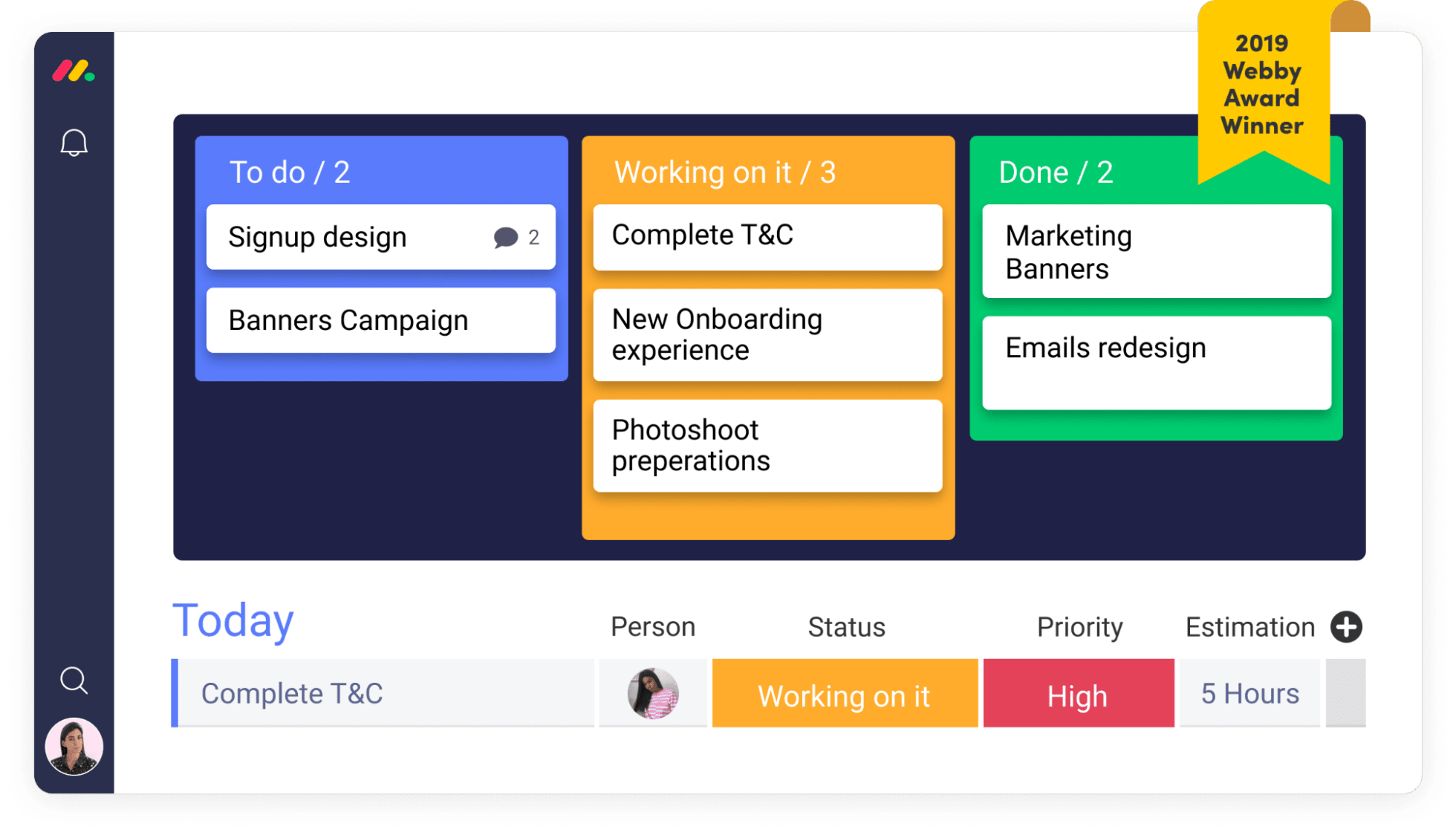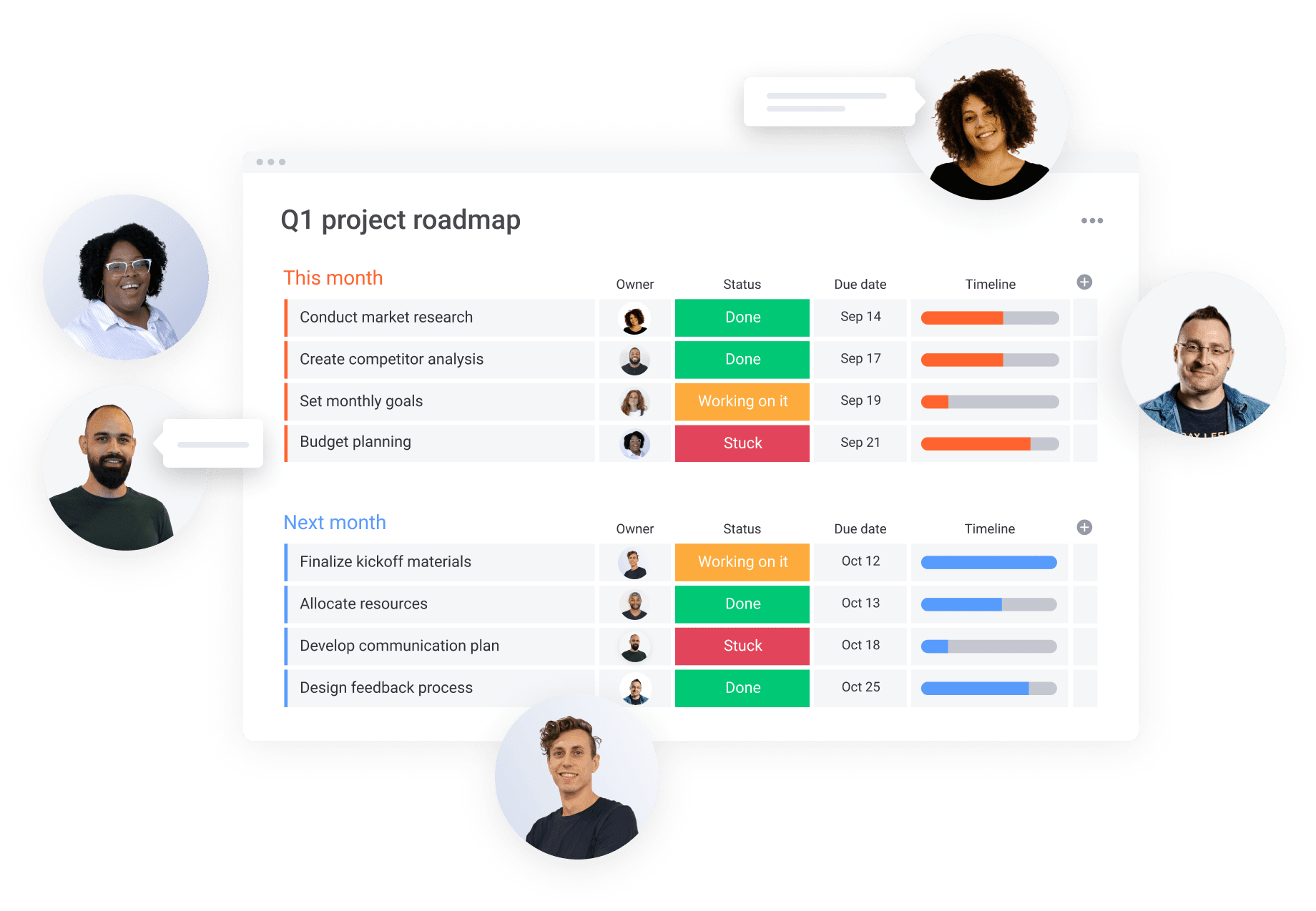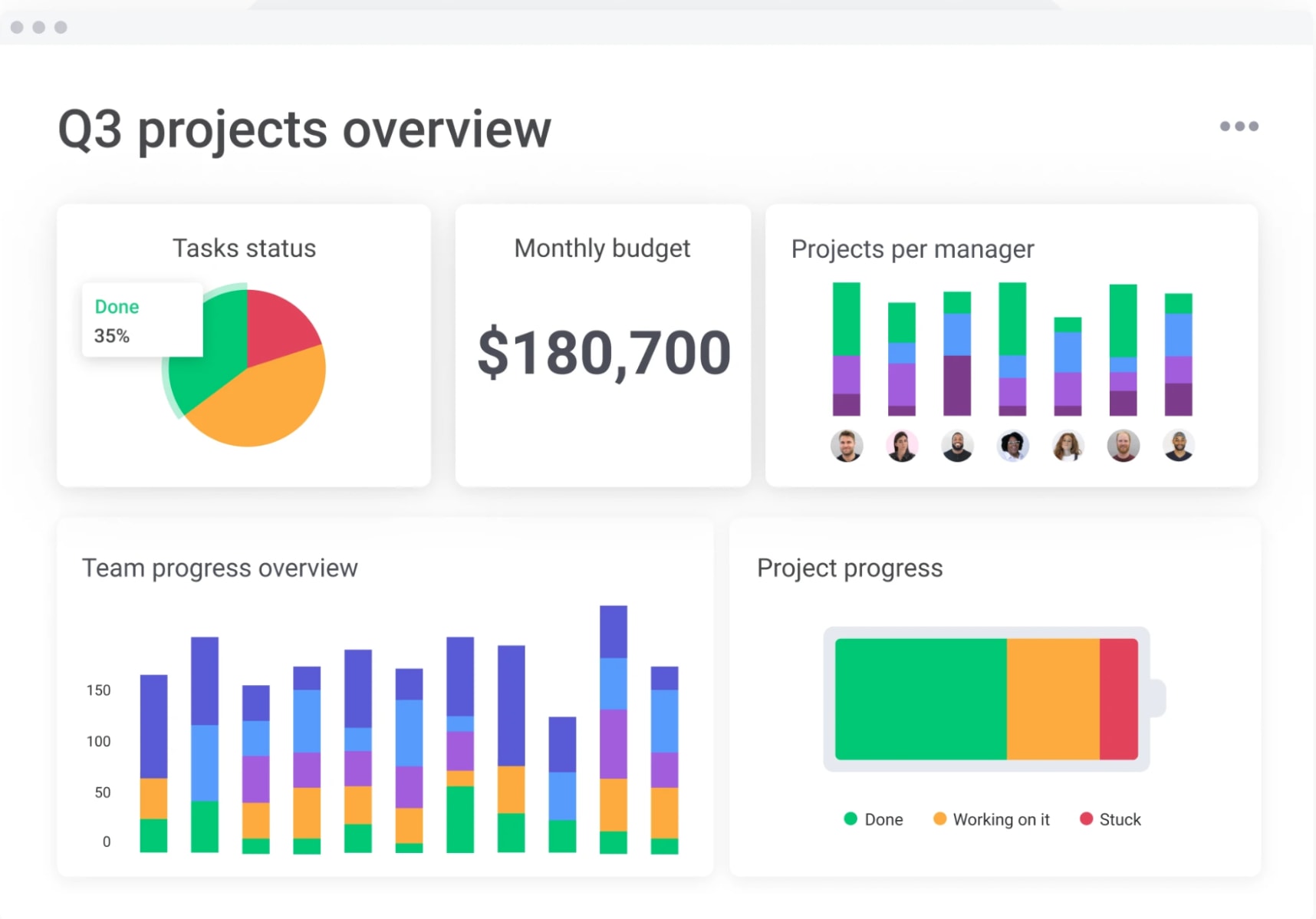Do you ever wonder what keeps the economy going?
Or how your company doesn’t crumble under external and internal pressure?
At times it may feel like magic is making sure everything is happening the way it’s supposed to.
In reality, both the economy and individual corporations operate successfully based on underlying principles. Toss in some checks and balances for good measure, and you’ve got the foundation.
In essence, it’s the habits or the systems in place that keep the lights on, the doors open, and customers coming back again and again.
In this article, you’ll learn the definition of management systems, why they’re important, and discover 5 management system examples you can learn from or deploy yourself:
What are management systems?
The core concept of a management system feels ancient. The Dutch East India Company may have been the first “public” company, but there have been people creating and managing systems in their businesses for 1,000s of years.
A management system can be as simple as how you separate your sheep while shearing them or as complex as how air traffic controllers route incoming and outgoing air traffic.
So what is a management system exactly?
Management systems are sets of procedures, processes, and policies that an organization uses to ensure its people can complete the tasks required to meet the company’s objectives.
A management system is an invisible force that makes everyone’s lives easier and outcomes more predictable. Once you set up your management systems, they should reduce friction and create the right series of habits that feel almost second nature to your employees.
Management systems cover a wide spectrum of company objectives, including:
- Client relationship management
- Product quality management
- Legislative and compliance management
- Risk and safety management
- Financial management
- Knowledge management
The list goes on, and for good reason. Management systems keep things in balance. They’re the driving force that ensures your company’s operations are smooth, predictable, and free of unforeseen obstacles.
Why is a management system important?
Most organizations have a fairly complex operating system that requires lots of people from many different departments to work in unison to achieve your company’s strategic objectives.
Without some sort of management system in place, everyone’s basically marching to the beat of their own drum.
They’re doing things that impact themselves and not thinking of how it impacts the rest of the company. If your company continues to work in silos, you’ll create inefficiencies, friction between departments, and a poor customer experience.
With an effective management system in place, everyone is working in harmony. They know exactly what to do, when to do it, and there’s complete visibility across the organization. The organizational structure in place makes it easy to share information.
5 types of management systems
A good management system is specific. It captures your business processes and enables your organization to be both efficient and effective. A modern management system is a cloud solution that keeps you in the know no matter what.
Here are 5 types of management system software use cases and monday.com templates that’ll make your life easier in a matter of minutes.
1. Resource management
Every company is trying to do more with less these days. Resources are finite, and having a management system that accounts for each one at all times is invaluable.
At its core, resource management is a process that encompasses pre-planning, allocating, and scheduling of all your resources. The main goal is efficiency and continuous improvement.
The tighter the grip you have on your resources, and the better you understand what you can and can’t do with them, the more effective you’ll be as a business.
In monday.com, each resource has its own line item along with a myriad of other useful columns that provide insights like location, status, condition, assignee, and general comments about the resource.
If you’re in need of a resource management platform that keeps up with all your company’s resources, then look no further than monday.com’s resource management template.
2. Sales and marketing management
Sales and marketing management is the process of forming, running, and accelerating sales and marketing teams by hiring thoughtfully, offering ongoing training, establishing systems, and continuously analyzing performance to find areas of improvement.
It’s about giving your marketing and sales reps everything they need to be successful.
When your marketing team excels, more people know your business exists, understand its value, and engage with your brand.
Equally important, a well-equipped, highly trained, and fully supported sales department will thrive and improve your company’s bottom line.

Implementing a crm system for your organization helps cut costs and improve the customer experience. You can spot-check daily activities to ensure all reps are staying busy and check in on performance insights that help make better decisions.
To keep a pulse on your company’s sales and marketing efforts, check out our sales process template.
3. Property management
The property management market is worth over $90 billion in the United States alone. It’s safe to say that finding the right property management system is on a lot of people’s minds.
Property management is essentially the constant oversight of commercial, residential, and industrial real estate. Often it’s performed by a third-party contractor, but many property owners purchase their own property management system and handle things in-house as well.
On a daily basis, property management could mean tracking ongoing maintenance and repairs, ensuring the security of the property, sending and receiving payments, and leasing vacant units.
monday.com repackages the complex day-to-day of property management and provides a user-friendly experience that maintenance techs and property managers alike can benefit from.
You can track your property values, maintenance orders, leasing pipeline, and more.
If you’re sold on the benefits of implementing a property management system for yourself, then check out our property management template.
See also: CRM for real estate
4. Project management
Project management is the ultimate reason to deploy the power of a management system for your organization. Projects can lead to favorable outcomes, greater revenue, and an abundance of opportunities for your organization.
At its core, project management is the process a team follows to achieve goals and objectives by a specified time and within budget.
According to new research, about 55% of projects are completed on time and 62% within budget. To improve those stats for your business, you need the right habits and systems in place.

Once again, here’s where monday.com shines.
monday work management makes it easy to customize your workflow, set up automation around admin tasks, and communicate effectively across your team and stakeholders.
If you’re ready to take your project from initiation to close in record time, then check out our project management plan template.
5. Inventory management
Inventory management is yet another area ripe for systems thinking.
In plain terms, inventory management is acquiring, storing, transporting, and selling raw materials and finished goods. It’s a major component of commerce and one riddled with human error, inefficiencies, and bottlenecks.
With the right inventory tracking system, your company will reduce costs, provide better customer service, optimize order fulfillment, and prevent loss from spoilage, theft, or returns.
In monday.com, inventory management feels effortless. Every item has its own line, along with columns designating key dates, locations, status, and more.
You can keep track of inventory levels, recalls, shipments, and report on order fulfillment. The possibilities are endless, and you can reap the benefits by trying our inventory management template.
The Work OS: a complete management system
With all those management systems use cases, you may find yourself wondering how monday.com can be so flexible.
It’s because monday.com is a full-fledged Work OS. Instead of restricting you to one platform and forcing you to buy multiple types of marketing management software, monday.com enables you to build a custom workflow for every area of your business.

You can have boards to manage your team, your inventory, and your daily tasks. The combination possibilities are infinite, and so is the upside of choosing monday.com as your preferred management system solution.
Beyond basic management, monday.com has a ton of other features you’re sure to love, including:
- Unlimited automation recipes that streamline your daily tasks, prevent human error, and get your team focused on what they do best.
- 8+ data visualizations so you can draw insights from your data in more ways than one.
- Countless software integrations so all your tools talk to each other and have a central source of truth.
- Real-time communication tools so your team always has the updates, files, and data they need to do their work.
As you can see, monday.com is no stranger to creating management systems and improving the daily whirlwind of tasks life throws at you.
Looking to the future
The magic that keeps companies of all sizes making forward progress is the management systems they use.
Without them, they’re making educated guesses about what comes next and are settling for inefficient work that won’t help them achieve their goals any faster.
It doesn’t have to be that way. Over 100,000 teams choose monday.com to manage their day-to-day operations and give themselves a competitive edge.
Why not give our process management template a try and find out for yourself.

